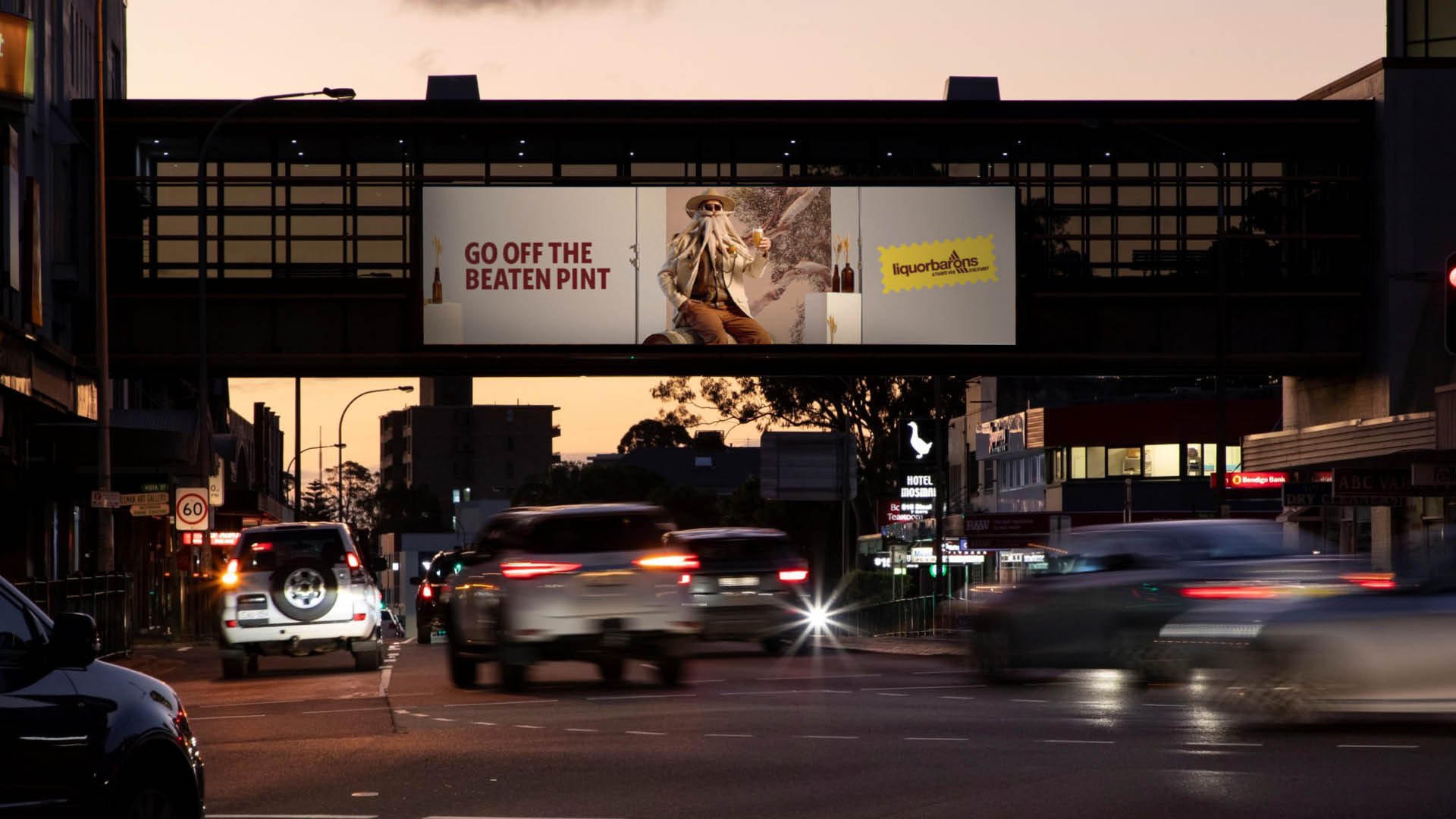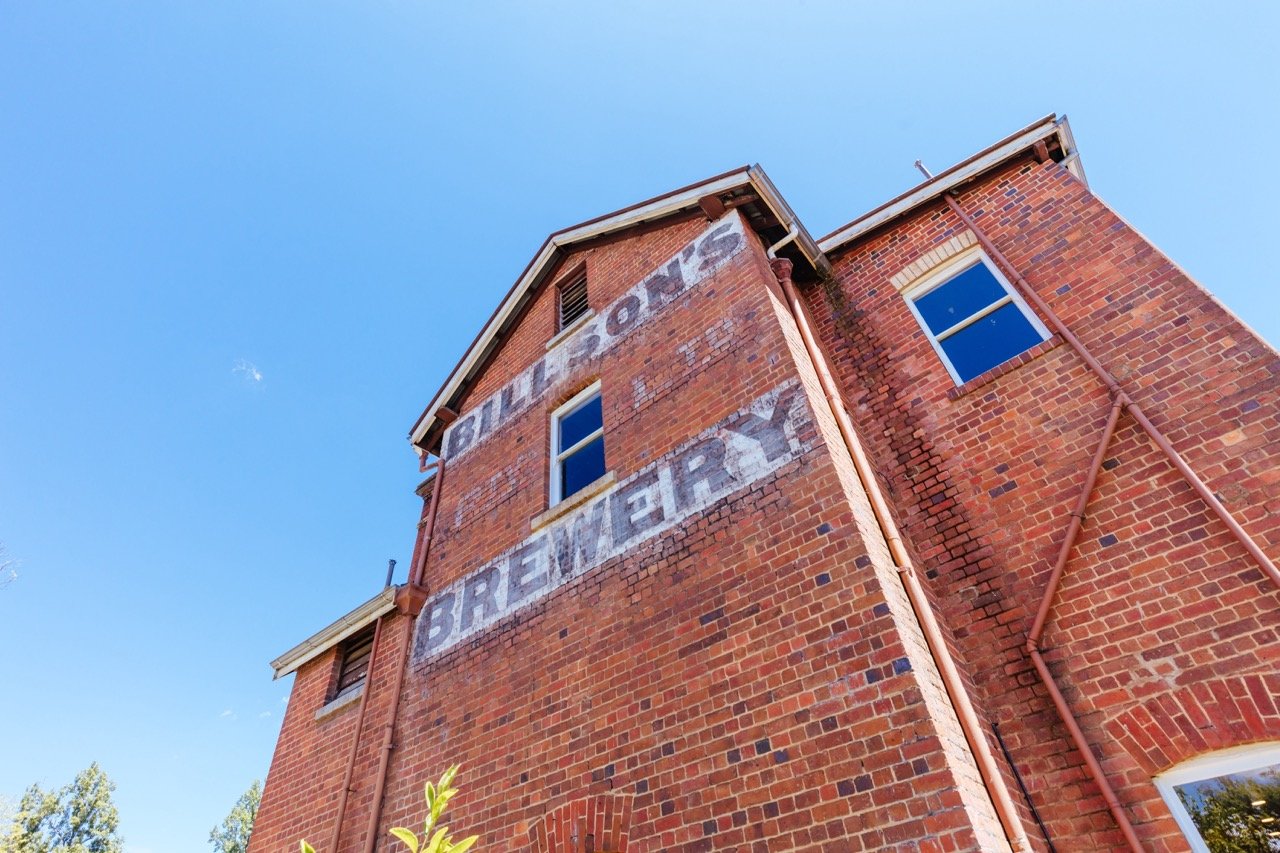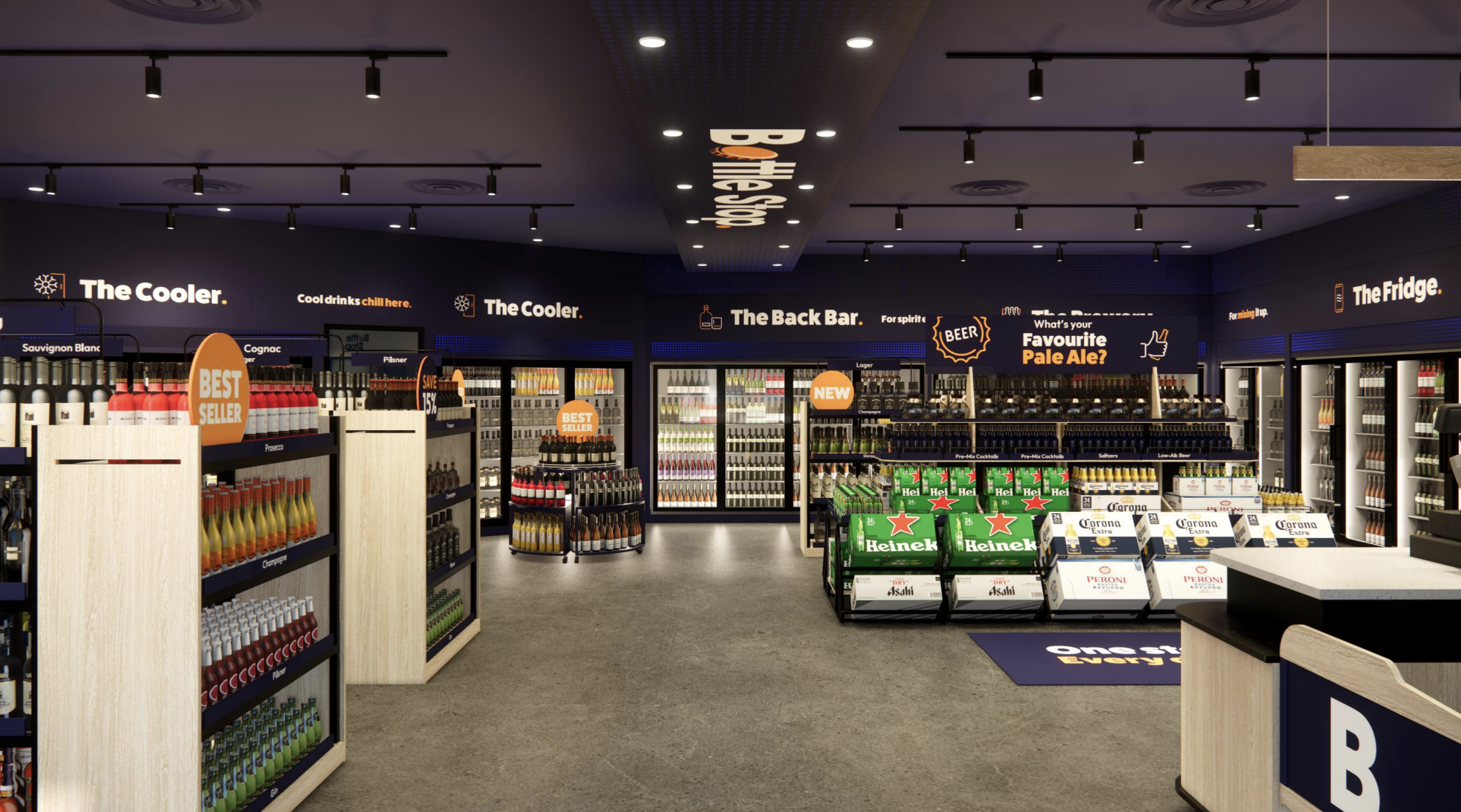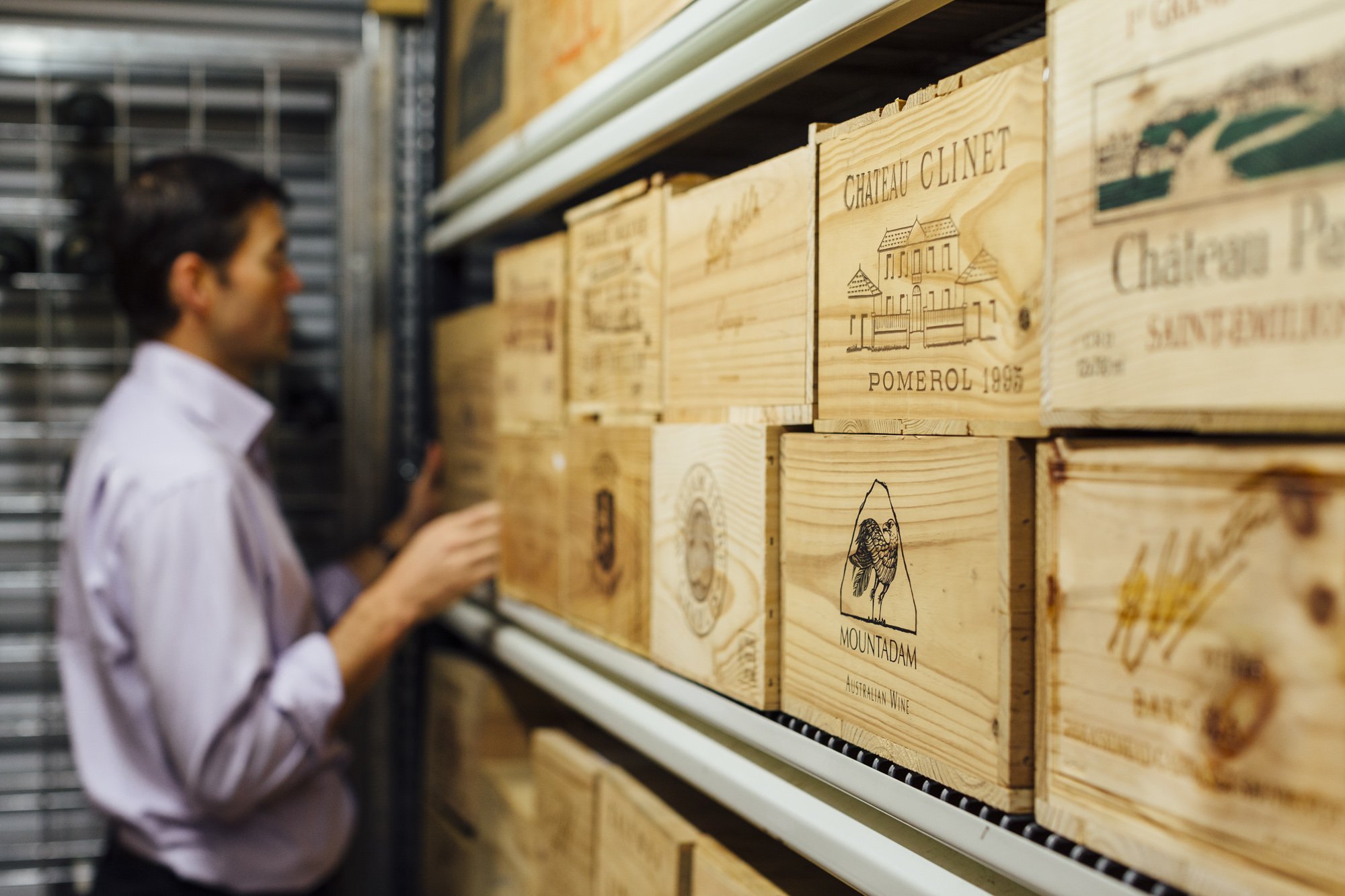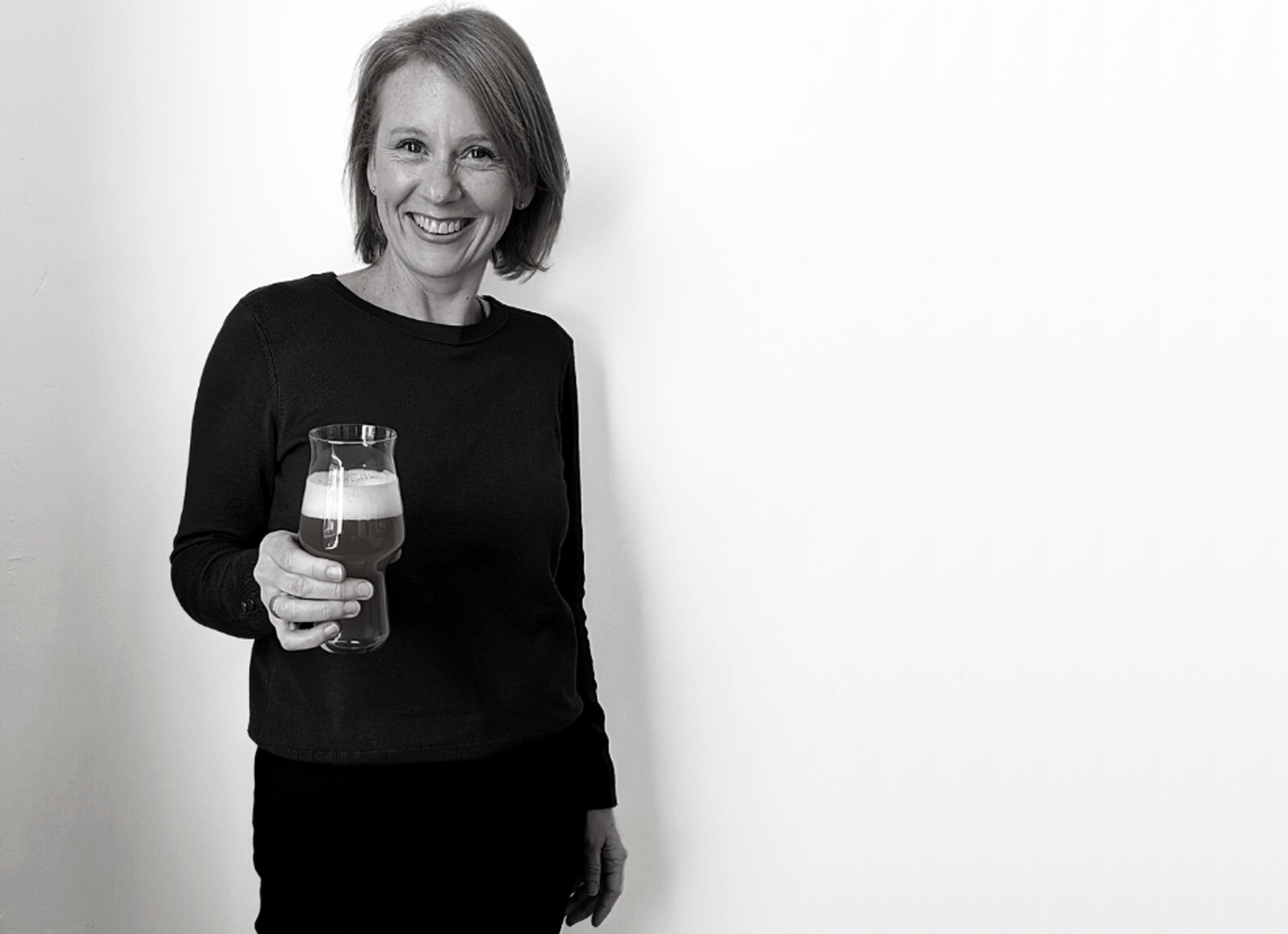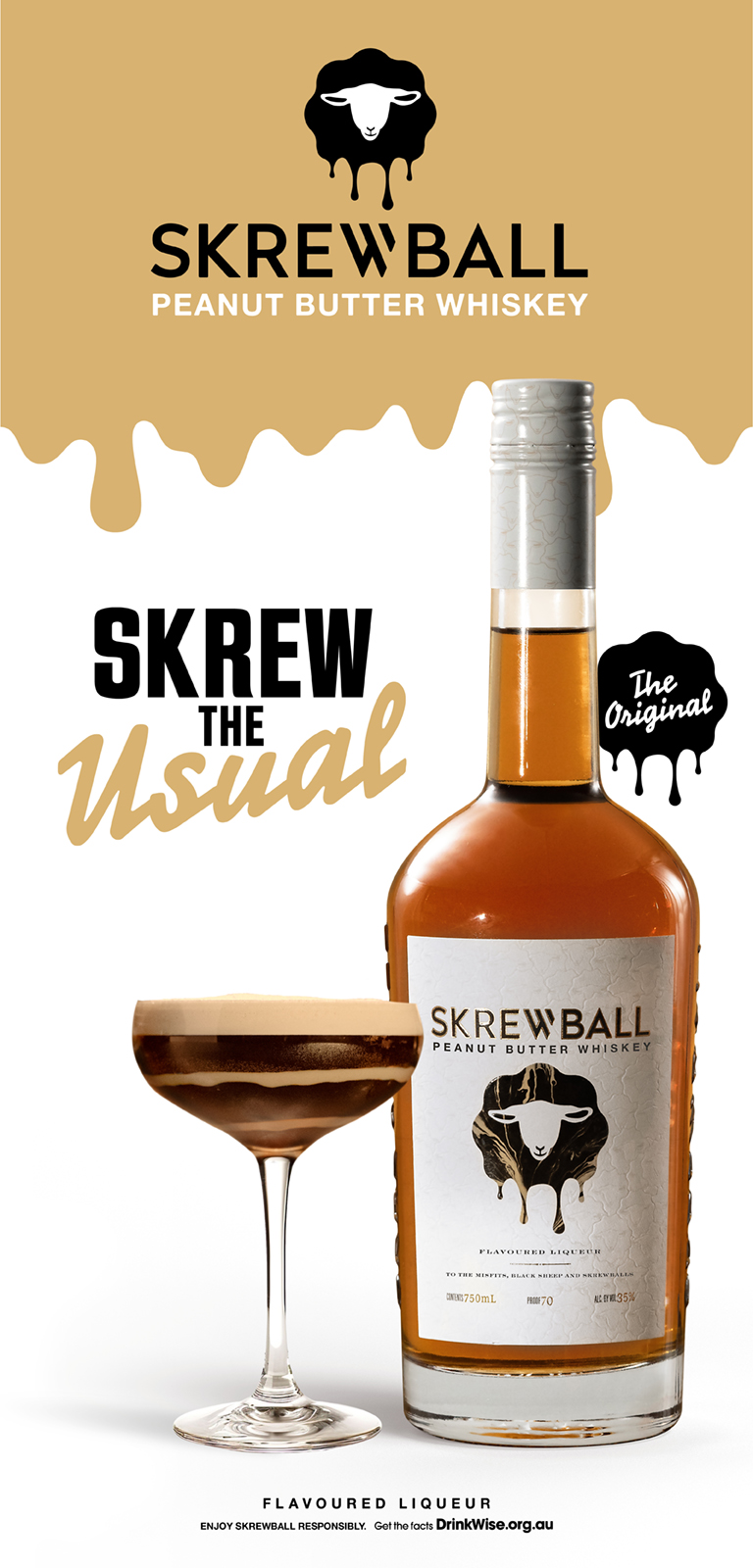Two weeks ago, the Drinks trade tasting panel sampled eleven of the latest non-alcoholic wines to enter the Australian market. A number of key takeaways were generated by the tasting: namely, that the category has progressed dramatically over recent years; and that the non-alcoholic wine category still remains firmly separate to the alcoholic wines it is striving to emulate.
“I think they are two separate categories and I think you need to look at it like that,” Michael Bright, Founder of Edenvale Beverages, told Drinks Trade.
Last week, Edenvale was named the best no/low alcohol producer globally at the IWSC Awards Ceremony 2024, with judges commending “its groundbreaking 2024 dealcoholisation plant… a fossil-fuel-free facility, developed with GoLo technology, [that] enhances wine flavour, reduces waste, and increases energy efficiency."
Reflecting on the win, Bright said “it's a nice endorsement for a lot of hard work over many years. We've been doing this since 2006, so we sort of started the category in Australia.”
However, Michael Bright says the new facility, which kickstarted operations in June, “is not a matter of having a silver bullet.
“You've removed the alcohol, you've taken a huge amount out. [Alcohol’s] a solvent. It generates heat. It imparts a richness as well. So we're trying to replace a lot of those things and offer a genuine, sophisticated, non-intoxicating adult lifestyle beverage of choice.”
Drinks Trade asked Michael Bright about the benefits and disadvantages of the different alcohol removal methods available to producers and what benefits Edenvale’s new $5 million facility will bring.
“There's a number… Falling film evaporators, vacuum distillation, reverse osmosis, spinning cone column, and now there's the GoLo unit. There's no doubt about it for me the spinning cone and the GoLo unit are the best processes to use,” he said.
“Reverse osmosis becomes much less effective the lower you get with your alcohols. [When] trying to get below 0.5%, there's a whole lot of issues. They talk about the fact that there's not the heat [of other methods], but when you're working with pressures and rubber hoses and all of these things, there is an uptake of characters within that processing of doing multiple passes of reverse osmosis to get [the abv] down.
“With spinning cone, it's two to three passes: you take off the aroma fraction first and then you do the dealcoholisation, and sometimes there's a need for another pass within that. The alcohol is only coming off at about 46%, the aroma fraction's coming off at about 68%. Whereas with the [GoLo] new system, we can do the whole thing in a single pass. We're seeing real improvements, particularly in the reds. With the whites, those high-tone volatiles were always coming off, and we were always able to get those cues/the varietal associations that we were looking for.”
The high average abv of wine is one of the major reasons why it is harder to emulate traditional wine in a dealcoholised format when compared to other alcohol categories such as beer.
“They're coming down from 4% alcohol/5% alcohol, we're coming down from effectively 13% alcohol, so there's a bigger reduction there,” said Bright.
“[Also], the nuances in beer, whether it's more hoppy or more refreshing: there's less of a dimension to those sorts of products. Whereas, to have any credibility with the products, the varietal definition is really important for us, so we work really, really hard on that.”
To help achieve balance, non-alcoholic wines are often rectified with acids, sugars and grape concentrates following the dealcoholisation process.
“We'll reconstitute it with LSJ [Low Sugar Juice] grape water, and then some varietal juice concentrates up to 6% (we're probably really down to about 4% now, because for most of our sugars, we're getting down into the mid-30s [grams per litre] for the commercial range, but for the more premium, we've got some down to 15 grams per litre),” said Bright.
“We still adhere to all the winemaking standards, [including] the 85% threshold for varietal integrity… With the spinning cone, we might have been losing 30% of the volume, and then reconstituting that with the LSJ and a little bit of varietal juice concentrate to maintain that, because as I said, it had to be at 85%. Our losses are 15% to 18% now, so reconstituting it is much easier, and we don't have those same sort of problems around the varietal integrity that we've had before.”
Despite the higher average sugar content being one of the most common criticisms wine drinkers have towards the category, Bright says this is necessary to help carry the aroma compounds.
“The sweetness or the varietal juice concentrates that we use, it's more about flavour. Your flavour carriers are salts or sugars, so the better the quality of wine we can get in there, the more we can reduce the sugars.”
Furthermore, non-alcoholic wine has a significantly reduced calorie count as a result of alcohol itself having a significant caloric content. One gram of pure alcohol contains seven calories, which is almost the same as pure fat.
“You've got commercial wines that are above 15 grams per litre of sugar, and I'm not just talking about the things like Moscatos and Proseccos, I mean a lot of your commercial reds and things would be sitting at 15/18 grams of sugar. From a caloritic perspective, Edenvale is less than a third. You've got to remember that, for every degree of alcohol, you're looking at about 10 grams of sugar.”
Another key consideration that impacts non-alcoholic wine ranging is its reputation for having a generally shorter shelf life from not having alcohol as a form of preservation.
“From a legislative point of view, effectively anything over two years doesn't require a best before date, [but] it's something we have to do for the supermarket,” said Bright.
“We're doing real life testing and we'll be pushing ours out to four years in the new year, and again, that's really for the supermarket's requirements. If it was going into some of the other channels, it doesn't actually have to have those best before dates on it.”
Interestingly, Bright believes that, as non-alcoholic wine production continues to improve, certain wines will begin to develop in the bottle in a similar fashion to traditional alcoholic wines.
“What's really interesting about those things is… they really look better once they've been in bottle for six to eight months. I mean, you've pulled them apart so much, they really need to come back together, and so by the time you're two and three years olds, you're starting to see those secondary and tertiary compounds building in the bottle as you see in normal wines. You're getting these additional complexities. They're looking more holistic.
“We just picked up the trophy for the world’s best alcohol-free award for a sparkling Shiraz. That was in March this year and had a best before date of November this year. We've only seen the product again probably two weeks ago and it's looking terrific. We know they'll go longer.”
The Drinks Trade tasting panel had the chance to trial Edenvale’s Sparkling Shiraz in this Tasted by Drinks Trade: Non-alcoholic wines roundup:
Our thoughts: “Deep cherry colour with a strong mousse and beeding. Blue and black berry aromas jump out of the glass - ribena, boysenberries and blueberries - supported by subtle smokey undertones. Balanced, with the flavour remaining in balance right into the finish.
Who’s it for: “Interestingly, a great option for usual red wine consumers, as the colder temperature tones the sugar sweetness down a few notches. An ideal option to have in store in the lead up to Christmas.”
ABV: <0.5%
RRP: $15
Owner/distributor: Edenvale (contact paul@edenvale.com.au)
//
Previously featured in Drinks Trade’s Explained series: Baijiu, oak maturation, Spritz, French brandy regions, Oktoberfest Limoncello,Mead, Rakia, Zinfandel
Share the content


